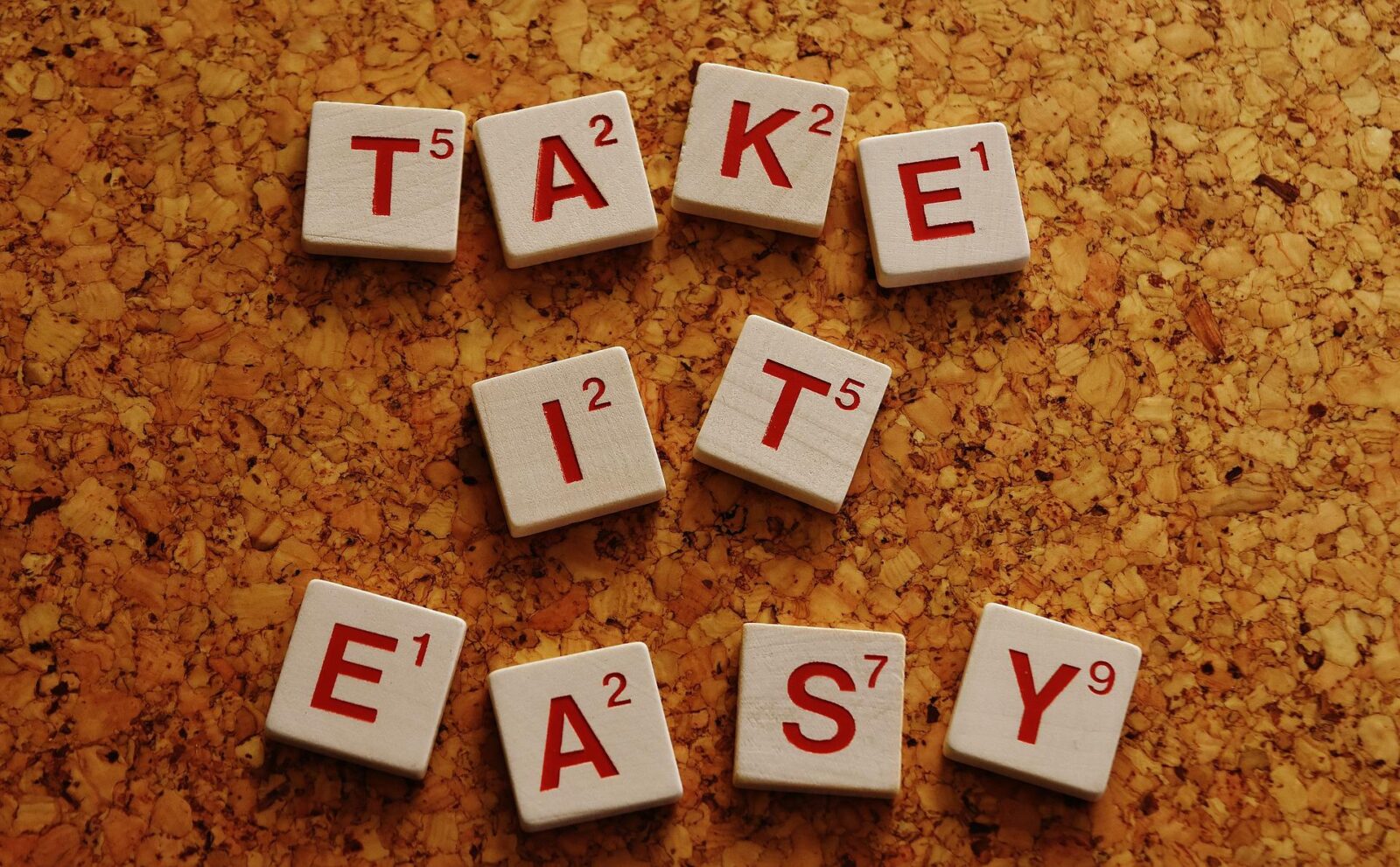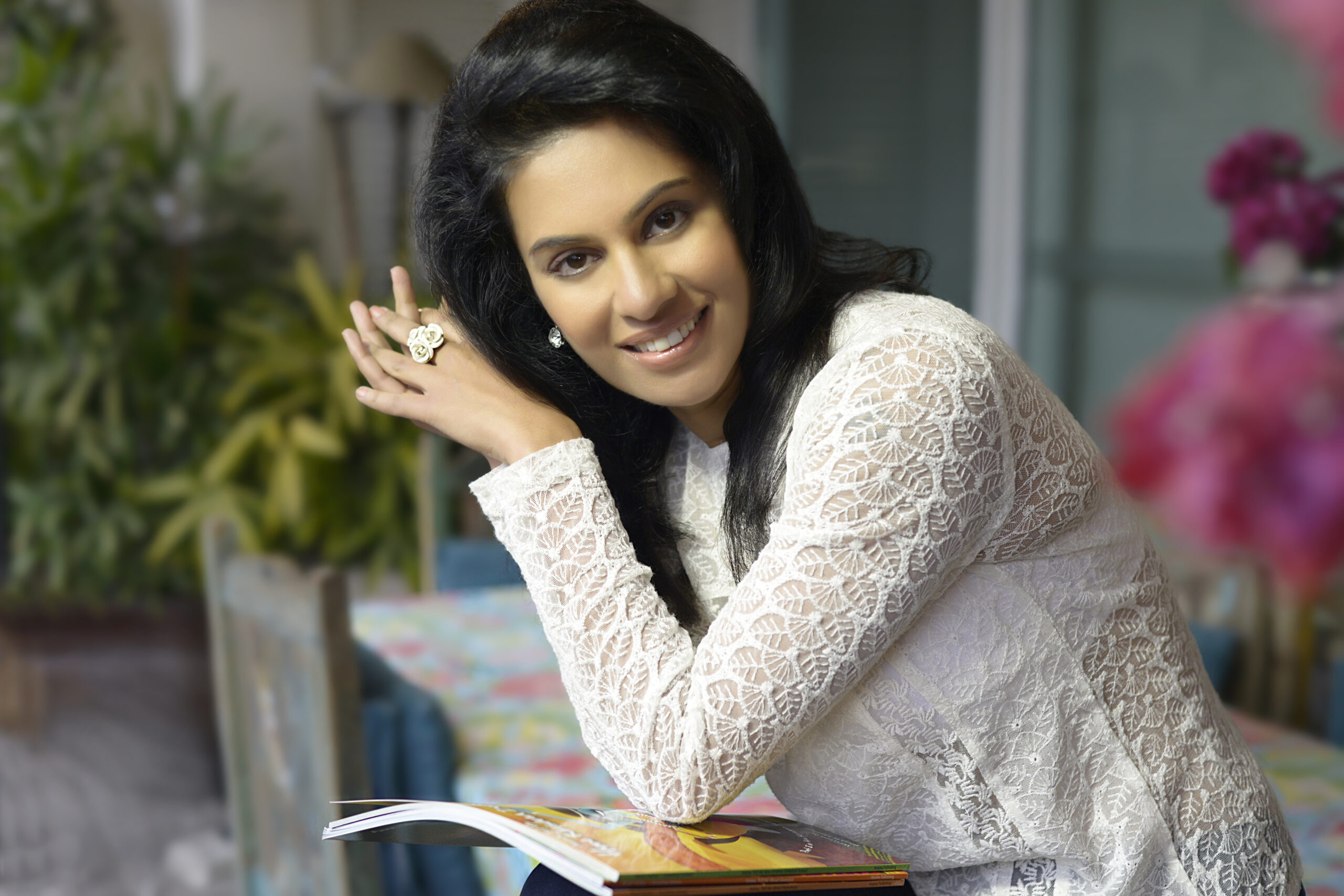
I hated anxiety. It was the enemy – the sinking feeling in the stomach, tightness in the chest and restless nights spent tossing and turning in bed. I would beat myself up for feeling anxious. In fact, I was anxious about being anxious! However, over a period of time, I learnt how to make anxiety a friend, and even welcome it.
So, what changed? These are the 7 tools that helped me to turn anxiety from a foe to a friend:
1.Realising where anxiety comes from
From an evolutionary perspective, anxiety is a stress response that evolved to alert us to a perceived external threat. “Our brains are wired to detect danger, to defend us and to avoid pain, which is why when we feel anxious, our heart rate increases, our breathing becomes faster, and blood flows to our muscles,” says author Dr Wendy Suzuki in her book ‘‘Good Anxiety: Harnessing the Power of the Most Misunderstood Emotion.”
Realising that a certain amount of anxiety is natural helped me to stop being hard on myself for feeling anxious. I realised I was wasting a lot of energy by
i) being consumed by the anxiety itself and
ii) worrying about why I was so anxious.
2.Spending time in nature
Going for a brisk walk or hike calmed me down. It allowed me to relax, my brain to quieten, and look at the issue from a different perspective. Most of the time, after a long walk, I discovered the answer to my problems.
There is something about being in nature that is cathartic. If you don’t have time for a long hike – get your heart rate up with a short walk around the block or climb stairs. It can have an immediate effect on your anxiety levels. It stimulates the release of serotonin, dopamine and noradrenaline in your brain, which are the neurotransmitters that help to regulate the mood and decrease anxiety, stress and depression.
3.Practising Pranayama
Focusing on my breath centered me. I followed these four simple exercises before getting out of bed every morning. You can do them any time of the day, sitting or lying down.
Step 1: Become aware of your breath.
Step 2: Make your exhalations long, keeping the inhalation the same.
Step 3: Make your inhalations long, keeping the exhalation the same.
Step 4: Make both your inhalations and exhalations long.
The Hatha Yoga Pradipika (a 15th century ancient manual on Hatha Yoga) says, “If you can control the breath, you can control the mind.” The solution to controlling anxiety is literally right under our noses.
4.Practising Yoga
Yoga allowed me to stay in the present moment and quieten that ‘voice’ in my head. I practice a sequence given specifically for anxiety by the late yoga master B.K.S.Iyengar. The sequence includes poses, such as Uttanasana, Prasarita Padottanasana, Adhomukha Svanasana, Salamba Sirsasana among others. These poses quieten the mind.
5.Combating anxiety with action
Oftentimes anxiety is accompanied by a “what if” list. What if I get Covid? What if I fail the test? What if I don’t get the job? Turning the ‘what-if’ list into a ‘to-do’ list answers anxiety with action, and provides a tremendous boost to productivity.
So, I started by making a list of actions I can take. Worried about the upcoming exam? Review the most difficult material. Worried about not acing a job interview? Make a list of potential questions you could be asked. “The best thing about this approach is that it channelises the energy you waste on worrying and transforms it into constructive action,” says Dr Suzuki.
6.Writing a journal
Writing in my journal about what is bothering me has helped me to look at my problems from a distance, like an outsider or a fly on the wall. This allows me to process my emotions. When we do that, our brains are freed from the enormously taxing job of continuously processing a disturbing experience, thus resulting in lower stress levels, better sleep and health.
By releasing these feelings through writing, we create the space for a new perspective to emerge. You can see on a written page what your higher self is saying to you. It allows you to release from overthinking, stand back and counsel yourself and tap into your own wisdom.
7.Reading books to make anxiety a friend
- Good Anxiety, Harnessing the Power of the Most Misunderstood Emotion, Wendy Suzuki
- Chatter, The Voice in our head and How to Harness It? Ethan Kross
- Overcoming Unwanted Intrusive Thoughts, Sally M Winston and Martin N Seif
Earlier, I just wanted my anxiety to go away as quickly and painlessly as possible. Now, whenever I feel anxious, I ask myself where is this fear coming from. I have learnt to make anxiety a friend and embrace it, and say, “Hello friend, you’re back!”

